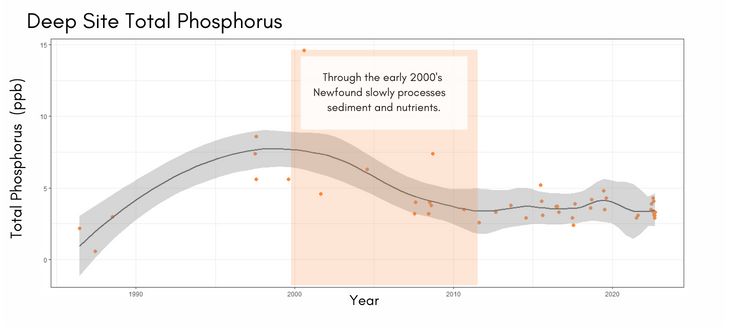Martha Twombly has been coming to Newfound Lake with her family since she was born, to her grandfather’s log cabin built in 1927 on the Lake, named “Owls Head.” She spent every summer at the lake and in the White Mountains, and winters skiing at Tenney Mountain. She began her career in archaeology (BA Anthropology Univ. of Colorado/Johnson State College) working for the Museum of Northern Arizona in Flagstaff. Moving back to Vermont in 1972 she raised two daughters, both avid Newfound lovers and conservationists. The family lived in the same town as renowned wood-stove manufacturer, Vermont Castings, and Martha switched her focus to promoting sustainability and marketing hearth products, through technical writing, advertising and catalog publishing. While earning her MS in Environmental Communications and Science at Antioch Univ. NE, Martha began working with Chelsea Green Publishing, a back-to-the-land environmental and alternative energy advocacy publisher. Martha then worked as an environmental planner for the Cape Cod Commission on Cape Cod and finally returned to Hebron, NH with her husband in 2005. Martha is avid about the Newfound watershed and wildlife, and worked as Program Manager with the Newfound Lake Region Association from 2006 – 2009. She has been actively involved in land conservation initiatives, recently retiring from the Society for the Protection of NH Forests. Martha is a founding member of the Newfound Land Conservation Partnership, has served as Chair of the Hebron Conservation Commission since 2006, serves on the Newfound Audubon Committee, and serves on the board of the Lakes Region Conservation Trust. Martha is an avid gardener, kayaker, walker, bicyclist, wildlife tracker, and skier, and hates to be indoors when the sun is shining.














